Toitanga
Jordan Tane Ka mua, ka muri: Looking back in order to move forward
-
Tauira / Student
Jordan Tane -
Kaiako / Lecturers
George Hajian, Karol Wilczynska, Stephen Reay, Cassie Khoo, Ivana Nakarada-Kordic, Denise Wilson
-
School
AUT Art + Design 2025
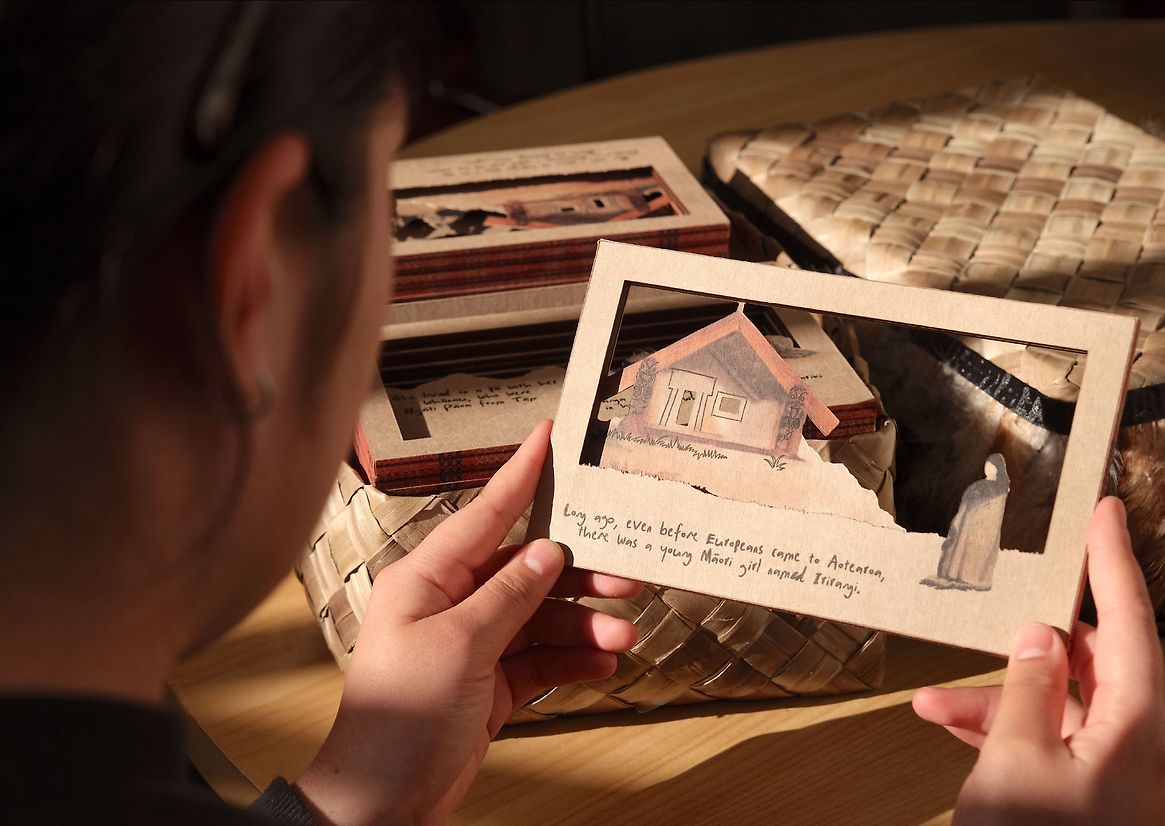
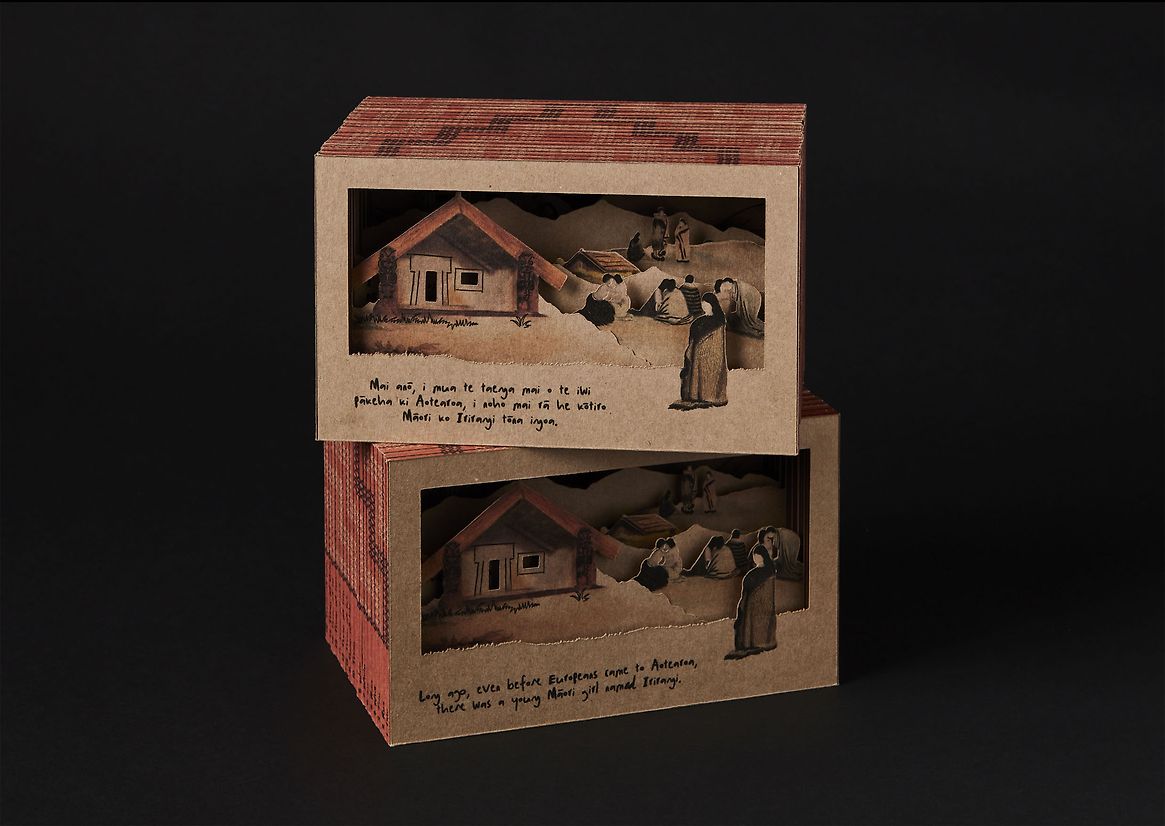
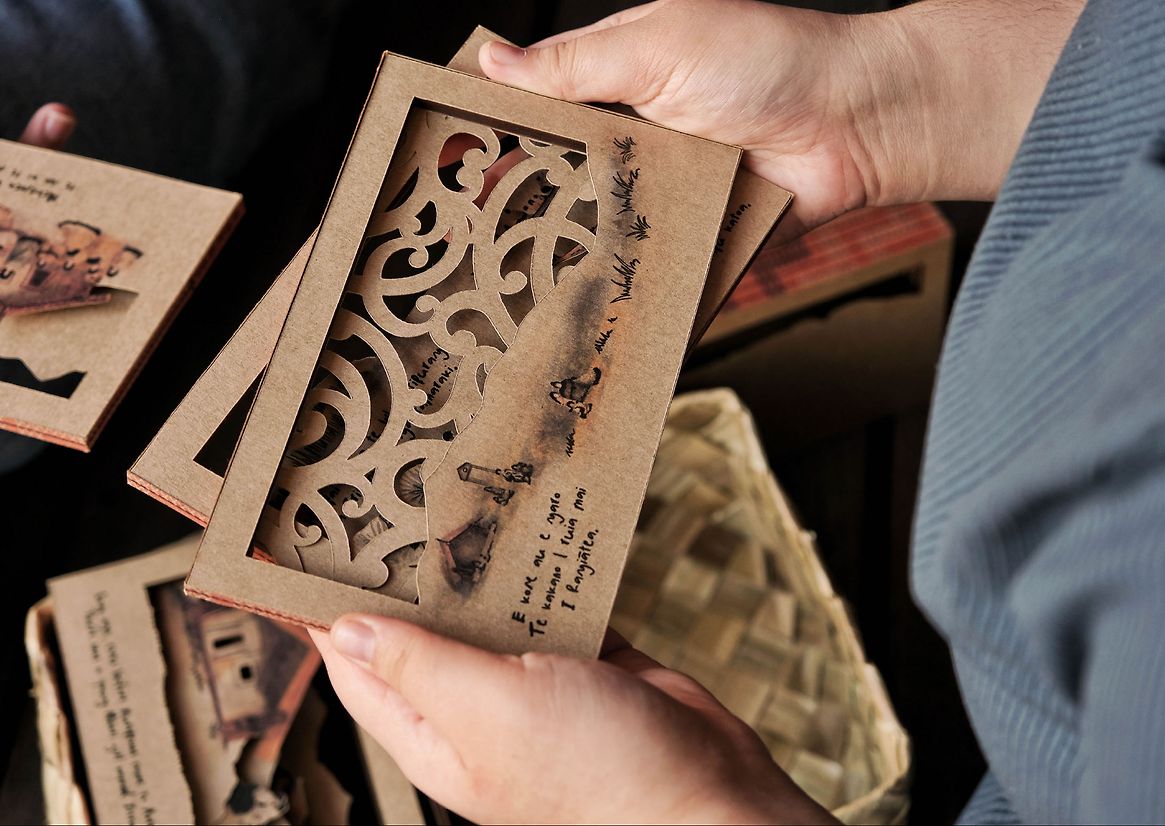
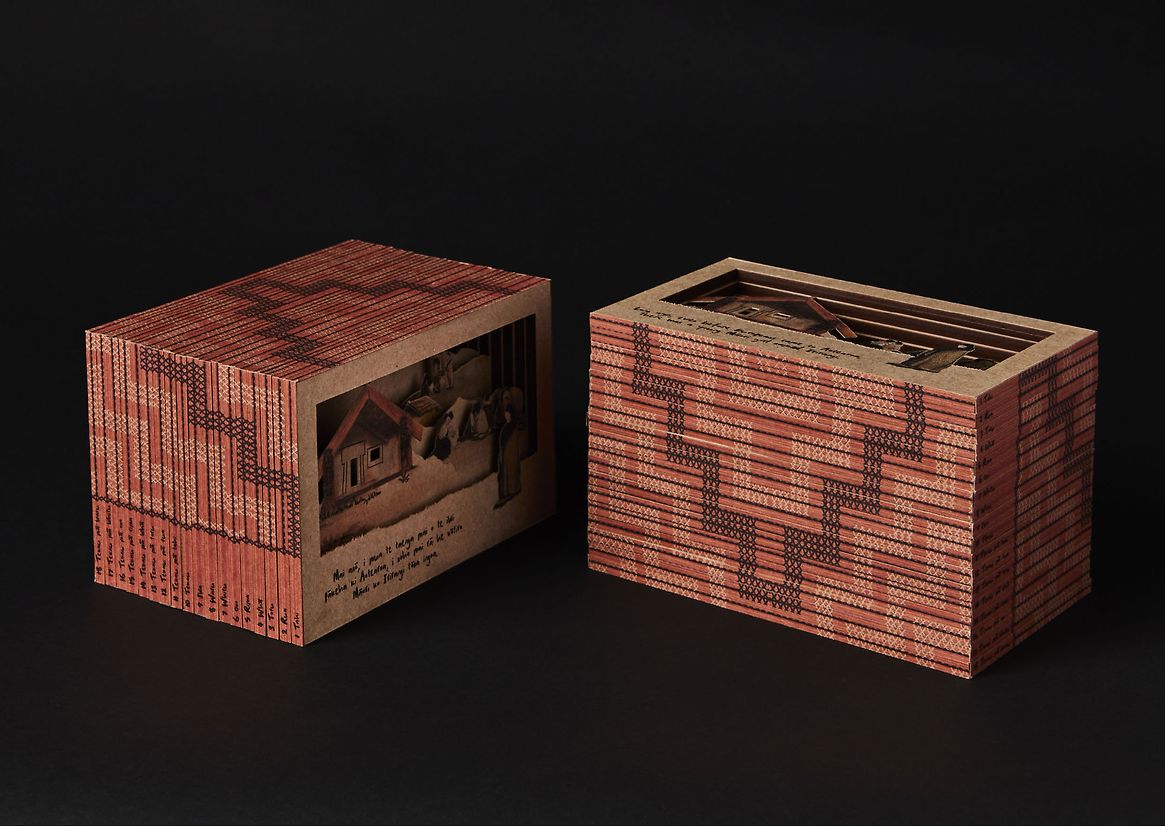
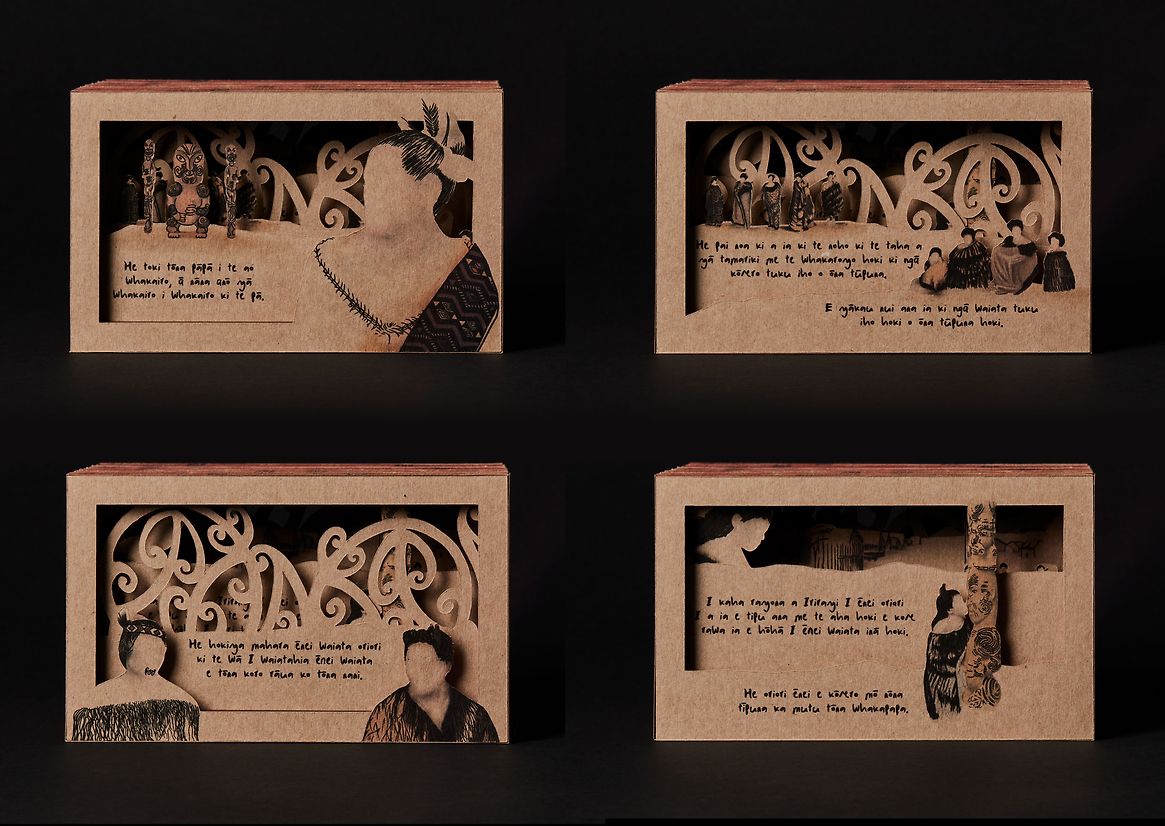
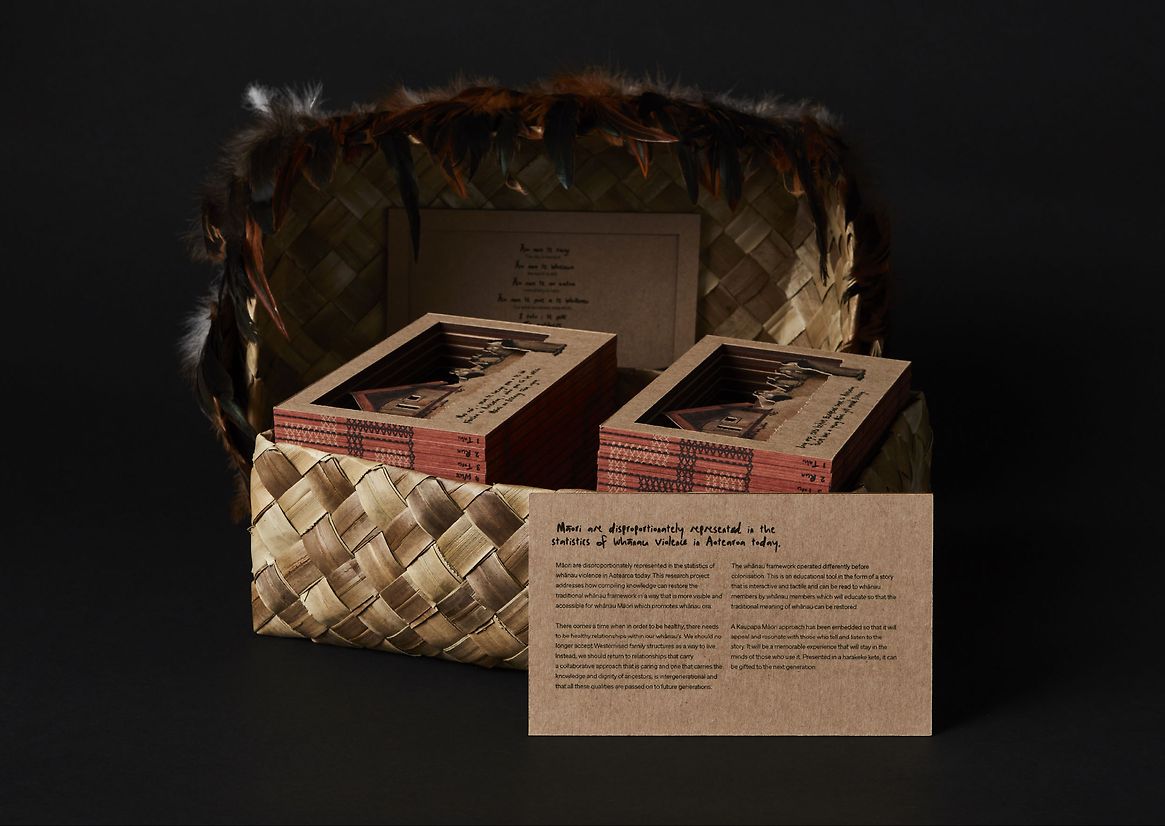
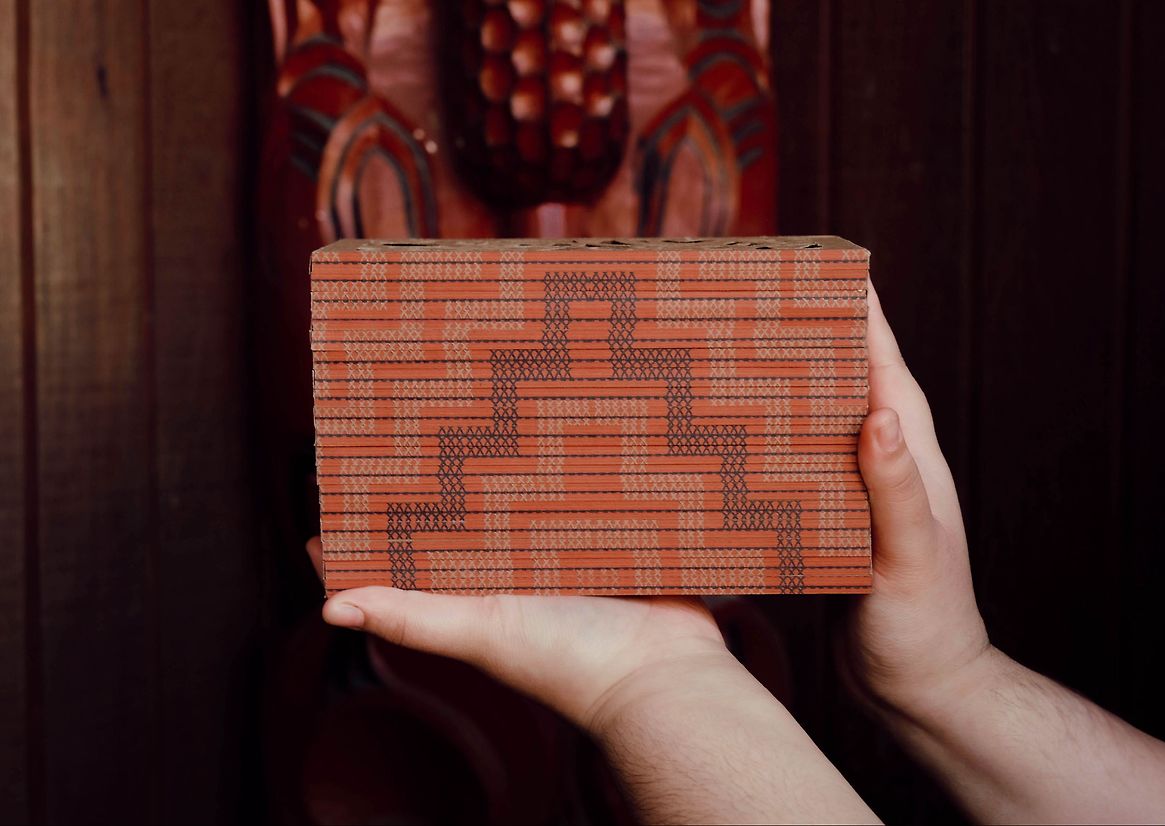
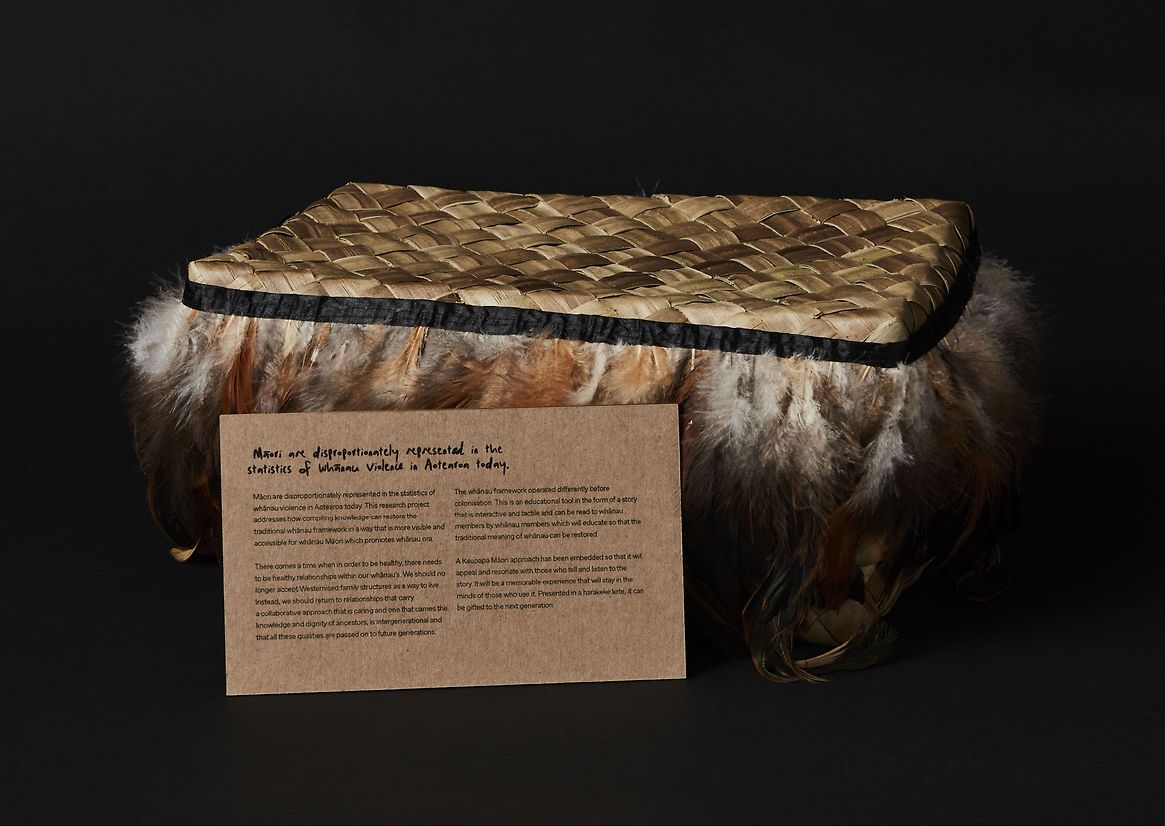
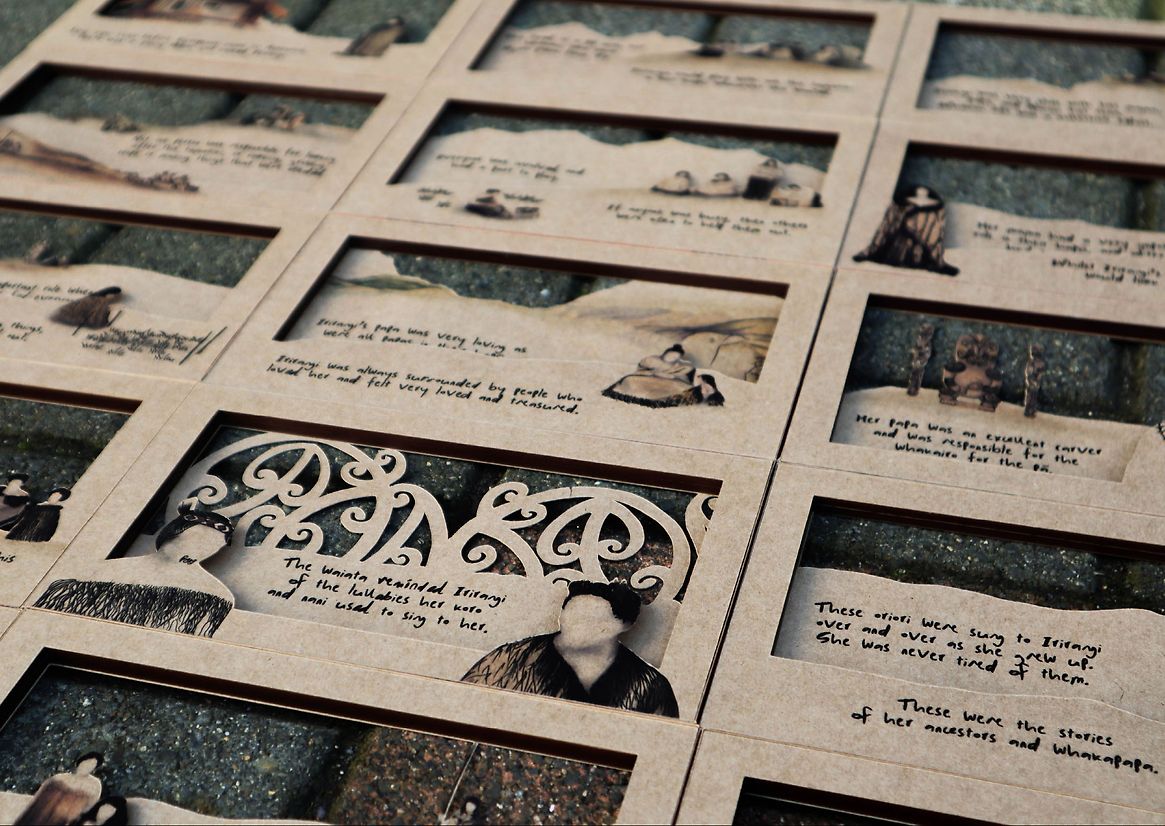
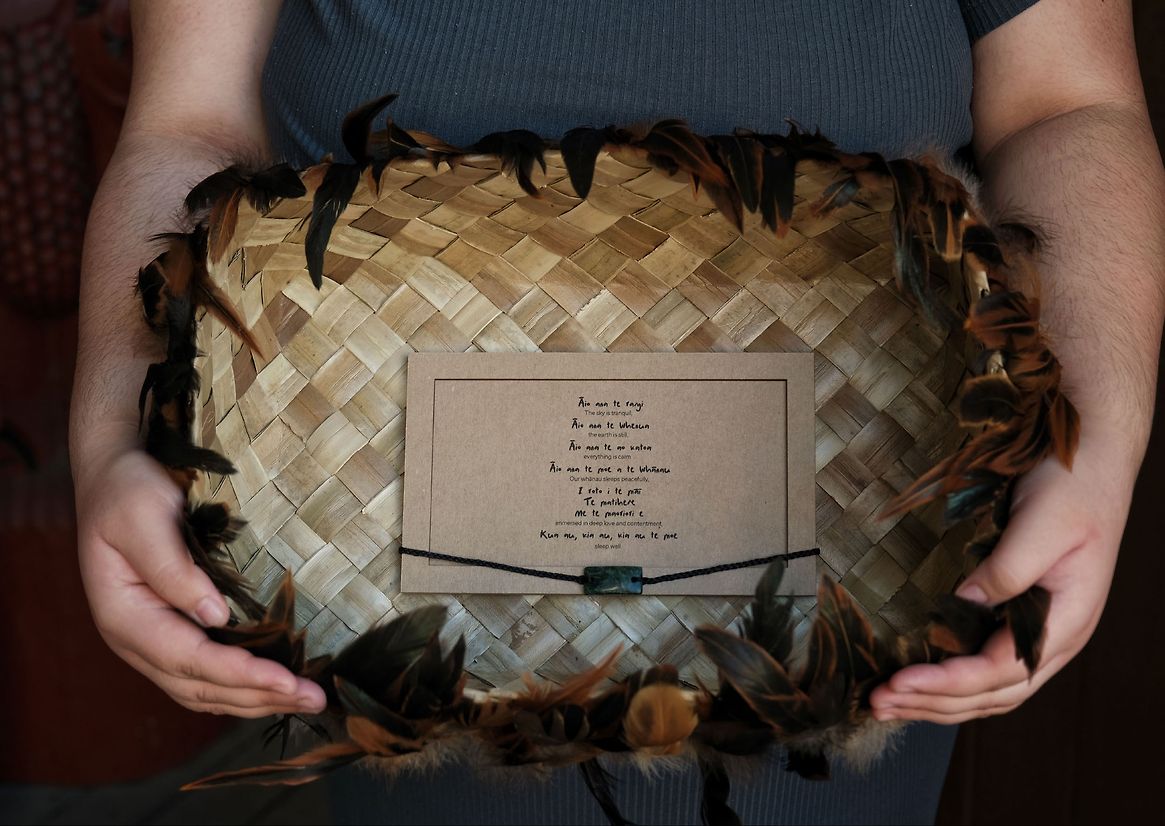
Description:
Māori are disproportionately represented in the statistics of whānau violence in Aotearoa. This narrative-based project revisits a traditional whānau framework and makes it visible to promote whānau ora. Prior to colonisation relationships were grounded in a collective and collaborative approach which was caring and carried the knowledge and dignity of Tūpuna and were intergenerational. Back then, all these qualities were passed on to future generations. After colonisation, Māori were forced into the pākehā family model of single-family dwellings where the Tāne were made to be the ‘breadwinner’ and sole decision maker for the household. Whānau Māori should no longer accept Westernised family structures as the best way to live.
Ka mua, ka muri is an educational tool in the form of a tactile interactive story that can be read to whānau members by whānau members to help educate and restore the traditional meaning of whānau. There comes a time when in order to be healthy, there needs to be healthy relationships within our whānau. The story is told firstly in Te Reo Māori and then a second version in English with the introduction of some Te Reo terms so it enables all readers to learn and engage, whatever stage they are at in their journey of reconnecting to their whakapapa. Presented in a harakeke kete, it can be kept within whānau and gifted to future generations.
By Initially researching various anti-whānau violence campaigns, they were through a ‘Western’ lens which targeted either the abusers or the victims. The Idea was instead of trying to build more awareness and focusing on what is not working for Māori, was instead to focus on prevention and what has actually worked for us.
Wanting more than a bound book to share this, the traditional principles of traditional whakairo where our history is passed down, was the inspiration due to whakairo being not only interactive, but an assertion of Pūrākau. This is where the concept of the magnetic panels was conceived as it then became interactive and the element of whakairo was reflected in the layering of the cards on these panels. As each panel is removed, the story is read.
This tells the story of a Māori tamariki’s life in Aotearoa, long before pākehā arrived. It narrates what and who were important to her, and the interaction between herself and her whānau. It explains how cherished, safe and protected she felt. This was a time when tamariki were cared for by the wider whānau. They belonged to the hapū. Because of this, tamariki could call on anyone to protect their rights and their safety, and to seek retribution if they were mistreated.
This is an account of life before colonisation.
Judge's comments:
An ambitious and unique design project that tackles an important kaupapa in an innovative way. The tactile and interactive storytelling embody Māori traditions while pushing in to the future. Haramai tētahi āhua!